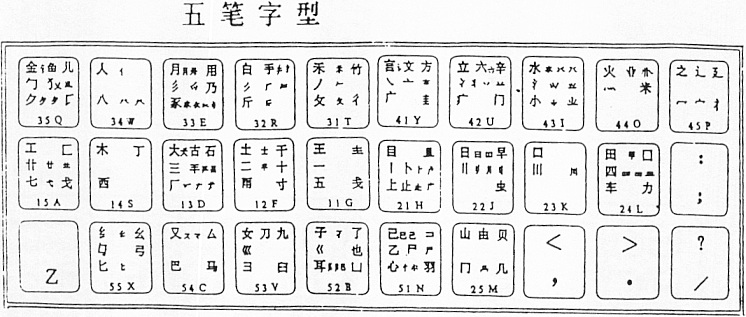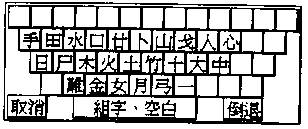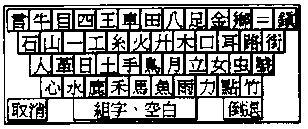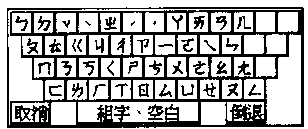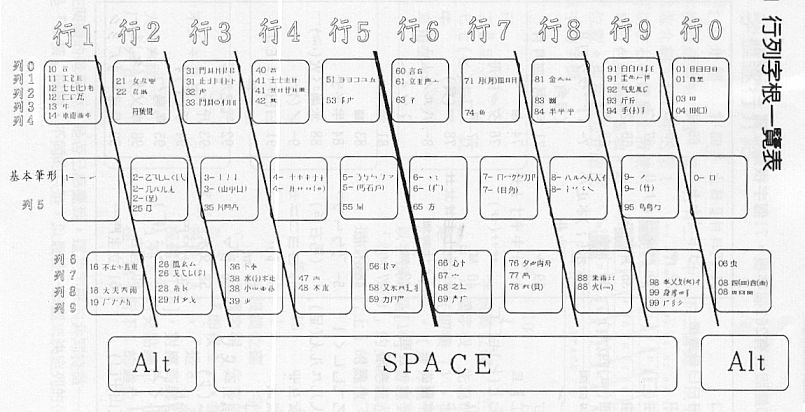
GeoStroke is extremely User-friendly
for both Chinese casual users & Foreign beginners.
 |
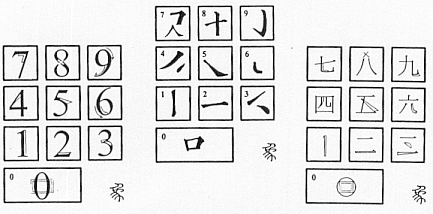 |
Use this same 10-key pad to process
both simplified & traditional Chinese.
GB and Big-5 are transparent in
GeoStroke.
Part of the "number trace" is similar
geometrically to its corresponding "stroke".
You see the "stroke", you know its "code" immediately.
Users need not recite &
practise anything at all.
Others do need
recite RADICALS or PHONETIC SYMBOLS, and
practise fingers on a
KEYBOARD.
| 10 Basic Stroke User-Friendly Rules |

Why Should Chinese Go Digital on Computer? |
 |
 |
You see the "stroke",
you know the "input code" immediately.
Users need not recite &
practise anything at all.
When Chinese character is
digitized,
this simple 10-keypad is all
you need to input Chinese.

Compare it to the following :
Symbol-Ladden 101 Keyboards
Very Hard to Manage !
It frustrates beginners, scares them away.
People dare not to get started !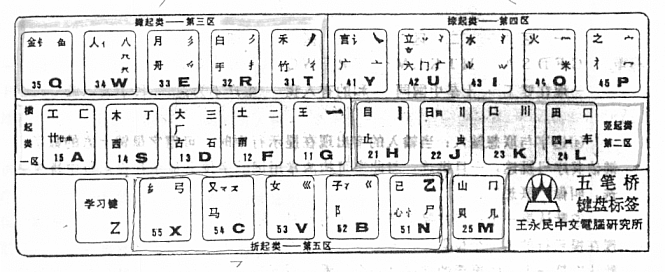

WuBi Digital
First4-Last1-Stroke Problems
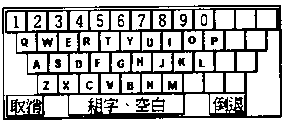

PinYin
Compare
Phonetics Input Codes
to
GeoStroke Input Codes.
Currently in Use
and 9 Keys.

Q9
 |
Chinese Digital Research
WANG Yun-Wu's | ||||
CHANG Chunn's 5-Stroke
5-Stroke Method was first invented by CHEN Li-Fu in 1920's. |
 |
 |
 |

|
YU Cho-Jen's
10-Stroke Digital Coding System
GeoStroke's RULE is simple & straight-forward,no exception.
Part of the "number trace" is similar geometrically to its "corresponding stroke".
You know the "code" immediately when you see the stroke.

 |
 |
 |
 enlarge |
 enlarge |

SIMPLE |
Direct |
No Confusion. |
Professional Users |

GeoStroke can be used for :
computer -
processing Chinese, writing software in Chinese,Chinese Software security,
Chinese Data searching, Chinese Data management, .... etc.
dictionary -
character Searching, document Classification, .... etc.Welcome All Fresh New Ideas

Email in English, Traditional Chinese, or Simplified Chinese all OK.

Current 10-key
Chinese Digital Systems
Japanese Keyboard for
KANA & KanJi
- Chinese character




